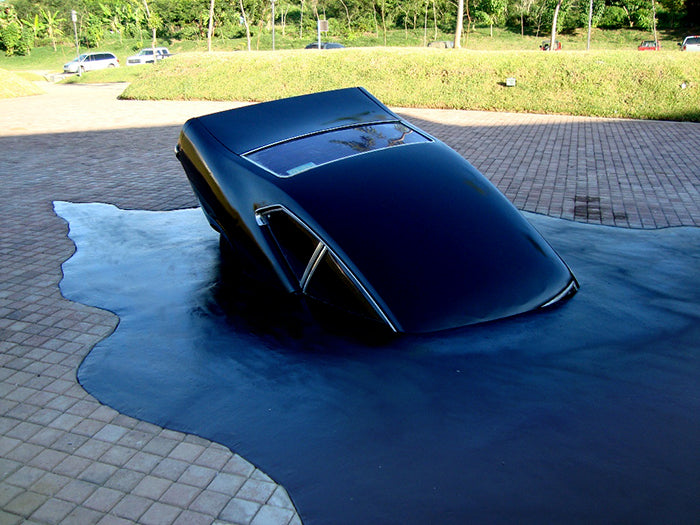Art and the victims of a free market Cuba: Planet/Cuba author Rachel Price interviewed in Guernica


Find the rest of the conversation on Guernica.
Guernica: There is that excitement, but there’s also, among some people, this lament that a particular brand of Cuban creativity, one fueled by the need to be ingenious due to scarcity and limited resources, is going to disappear. Do you have any thoughts on that?
Rachel Price: I think it’s a minority of the really interesting works that trade on the particularity of recycled parts, for example. But what I think will disappear is free time, the ocio, which has the side effect of allowing collaborations and investment in your art practice to happen. That will probably diminish.
Later in their conversation Collazo and Price discuss the effect of a post-'normalization' Cuba on the lives of Afro-Cuban artists.
Guernica: One of the issues that has been discussed in mainstream media is how the normalization of US-Cuba relations is likely to affect Afro-Cubans. Do you have any thoughts about how normalization might affect Afro-Cuban artists in terms of visibility in the art world, abilities to exhibit abroad, and actual economic gains? Are Afro-Cuban artists on the margins now? Are they likely to stay on the margins?
Rachel Price: It’s a good question. Sometimes when I think about this question and about what’s happening in terms of racial inequalities, I really want to see more data. In terms of concrete inequalities, it probably is true that as these market reforms increase, it will exaggerate racialized inequality.
In terms of the art world, I don’t know. I feel like because black Cuban artists don’t have the kind of pressure to thematize race in the way that African-American artists do, there’s more space for them to do their art without having to discuss it in terms of racial identity. I think there are Afro-Cuban artists present and participating in all of the spheres of art—from the very elite to the very marginal—but I can only imagine that racial inequality is replicated in the art world and will only be increasingly so. Have you seen anything that made you curious about this?
Guernica: I haven’t, but when I think about the Cuban artists whose work comes to the US, they’re white and privileged, relatively speaking.
Rachel Price: But I think you see that in a lot of strata.
Guernica: Absolutely. Regardless of what one’s feelings are about the Revolution, one thing we’ve learned from it is how durable class systems are. Despite the best, most ambitious, most aggressive efforts to level the playing field or eradicate class strata, it’s so entrenched. And of course, the art world replicates that, subtly and not so subtly.
Rachel Price: In my most optimistic moments, I think there’s so much in this transformation that’s yet to unfold and there really is a space for a lot of different actors to take a role in shaping what happens. And because there’s such a long tradition of the arts being very prominent and very varied in Cuban culture and society, people do use the art world as a space for critical reflection and people look to it for that. I think the art world will continue to be a place where people have a certain freedom and creativity to think about what’s happening in Cuba.
Read the rest at Guernica Magazine.